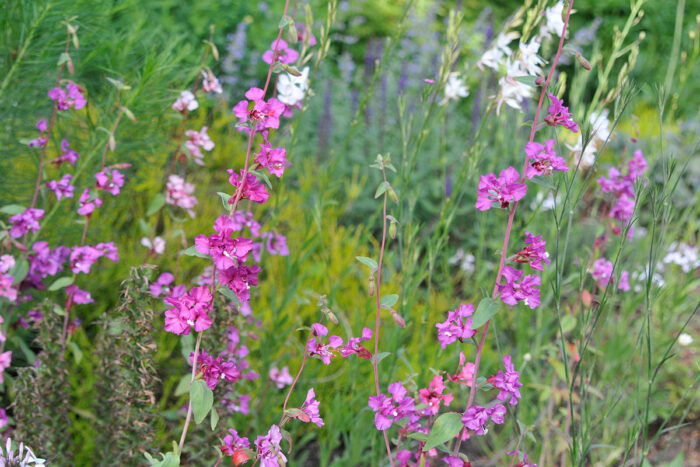
When it comes to starting seeds, terminology can often be confusing. The terms “hardy annuals” and “half-hardy annuals” often confound those of us who garden in the Northeast. We’ll see the terms used in seed catalogs and books, but more often than not, few gardeners in North America can name examples of one or the other.
The terminology works if you live in a climate where winters are mild, such as the Pacific Northwest or California, but for Northeasterners, who often experience brutal, cold winters, it makes more sense to think of annuals in two different ways. There are hardy annuals (cool-growing ones) and tender annuals (warm-loving ones), and within these groups, some must be started early, and some only perform well if direct-sown outdoors. But as with any set of rules, some are meant to be broken.
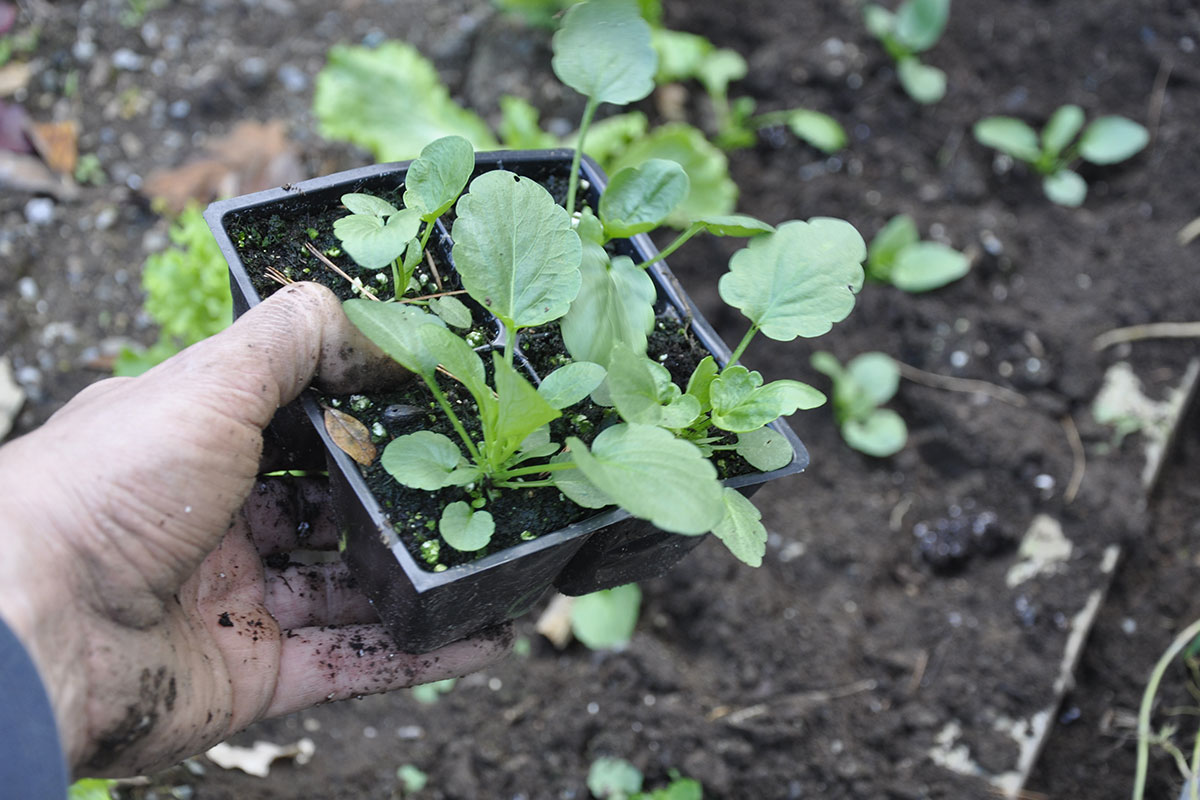
Certain cool-growing annuals perform best when started indoors …
Cool-growing hardy annuals include some common flowers such as pansies (Viola × wittrockiana cvs.), annual dianthus (Dianthus spp. and cvs.), stock (Matthiola incana and cvs., Zones 5–10), and sweet peas (Lathyrus odoratus). In mid-February to early March, these flowers must be started early indoors if one has a bright, cool growing area, preferably under grow lights. All of these flowers grow best in cool conditions (50° to 60°F) and should be hardened off early outdoors just as maple trees (Acer spp. and cvs., Zones 3–9) start blooming.
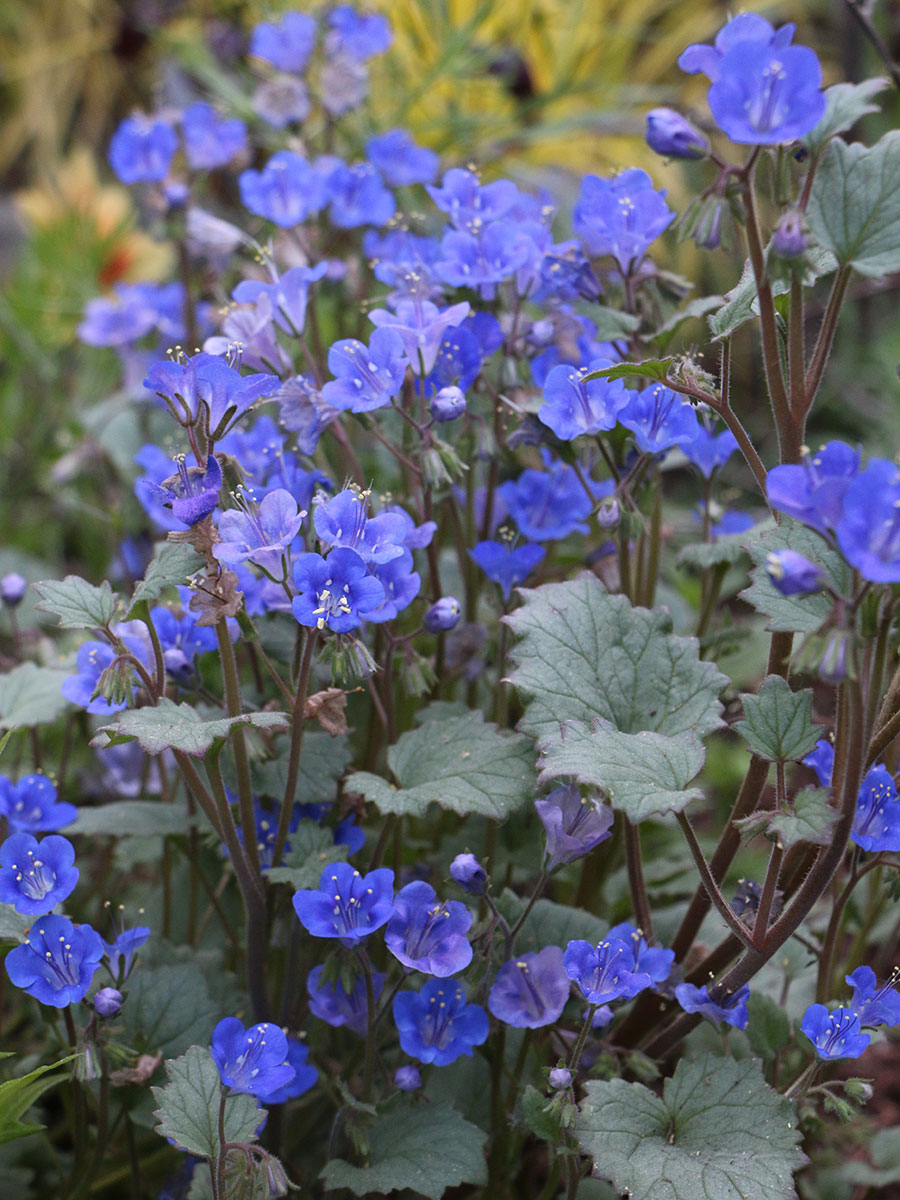
… and some perform better when direct-sown outdoors
Many hardy annuals are sensitive if not intolerant of any root disturbance, which adds an element of difficulty to their culture—especially if they want to germinate in the cold outdoors and if they dislike hot weather. This group includes clarkia (Clarkia amoena), desert bluebells (Phacelia campanularia), corn poppies (Papaver rhoeas), love-in-a-mist (Nigella damascena), giant larkspur (Consolida ajacis) and Queen Anne’s lace (Ammi majus). For those who garden in warmer climates, these often just require a sowing outdoors in the fall, but in the Northeast, we need to be more creative.
Direct-sowing frequently intimidates gardeners, but it’s worth doing if one wants tall, healthy giant larkspurs or drifts of corn poppies, and it can work just fine if your area of the Northeast is experiencing a mild winter. If you can work your soil in late February or early March, all of the hardy annuals in the above paragraph can be direct-sown outdoors. Be patient, for most will germinate late. Corn poppies will not germinate until they’ve experienced a few days near 70°F, and most germinate best at 80°F, so it takes time. Examine their bed carefully, and learn how to distinguish weeds from young plants. It may require a magnifying glass.
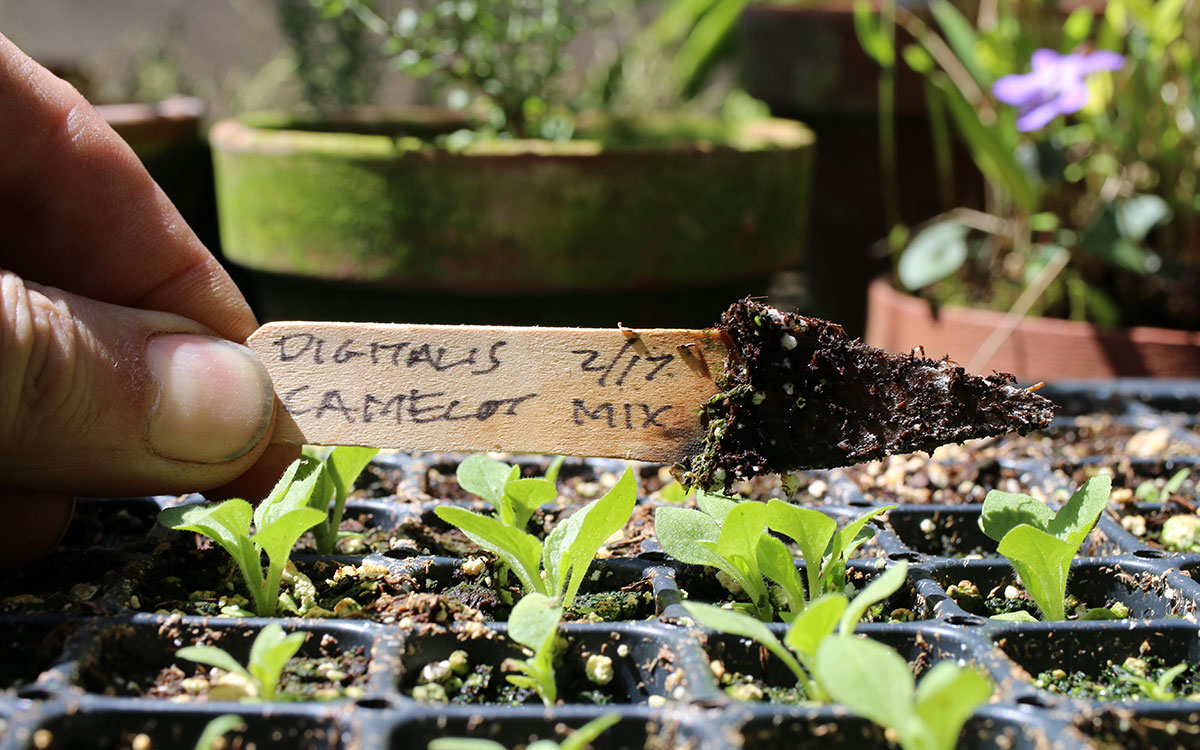
It’s possible to start some traditionally direct-sown cool-loving annuals indoors
While many of the above group of annuals are best suited to being direct-sown outdoors, some can be started indoors in February. The trick is to keep the growing area cool (50° to 60°F) and to sow seeds thinly if not individually. Sow one or two seeds per cell in plug trays, then remove all but the strongest ones.
The root-sensitive direct-sown annuals also respond well to being started in plug trays (trays of small growing cells often called 72’s or 244’s). This is the method used by most flower farmers who need hundreds of Queen Anne’s lace plants or annual foxgloves (Digitalis spp. and cvs.) in densely planted rows.

Many tender, half-hardy annuals do best direct-sown outdoors late in the season …
As for the “warm-loving” or “half-hardy annuals,” here’s a tip: Don’t start them too early indoors. If you find that your cosmos (Cosmos bipinnatus) aren’t as tall as you remember, or if your double zinnias (Zinnia elegans) have all turned dingy and single by midsummer, this may be because you sowed seeds too early. Hold off sowing until June 1 or later, and then sow seeds outside.
Just scratch a row in a raised bed near your lettuce or radishes, and then transplant these rapidly growing annuals into your flower bed. Zinnias started in early summer outdoors will far outperform any started in earlier in spring.
If you’ve struggled with sunflowers (Helianthus annuus), for example, keep in mind that they abhor being transplanted. Sow them in mid-June out in the garden, when the soil is warm and summer is well underway. Thin out all but one per square foot, and stand back. The tallest sunflowers come from these late-sown and never-touched-by-human-hands seedlings. Other warm growers that are grow quickly and are best sown outdoors are zinnias, cosmos, spider flowers (Cleome spp. and cvs.), China asters (Callistephus chinensis), and nasturtiums (Tropaeolum spp. and cvs.).
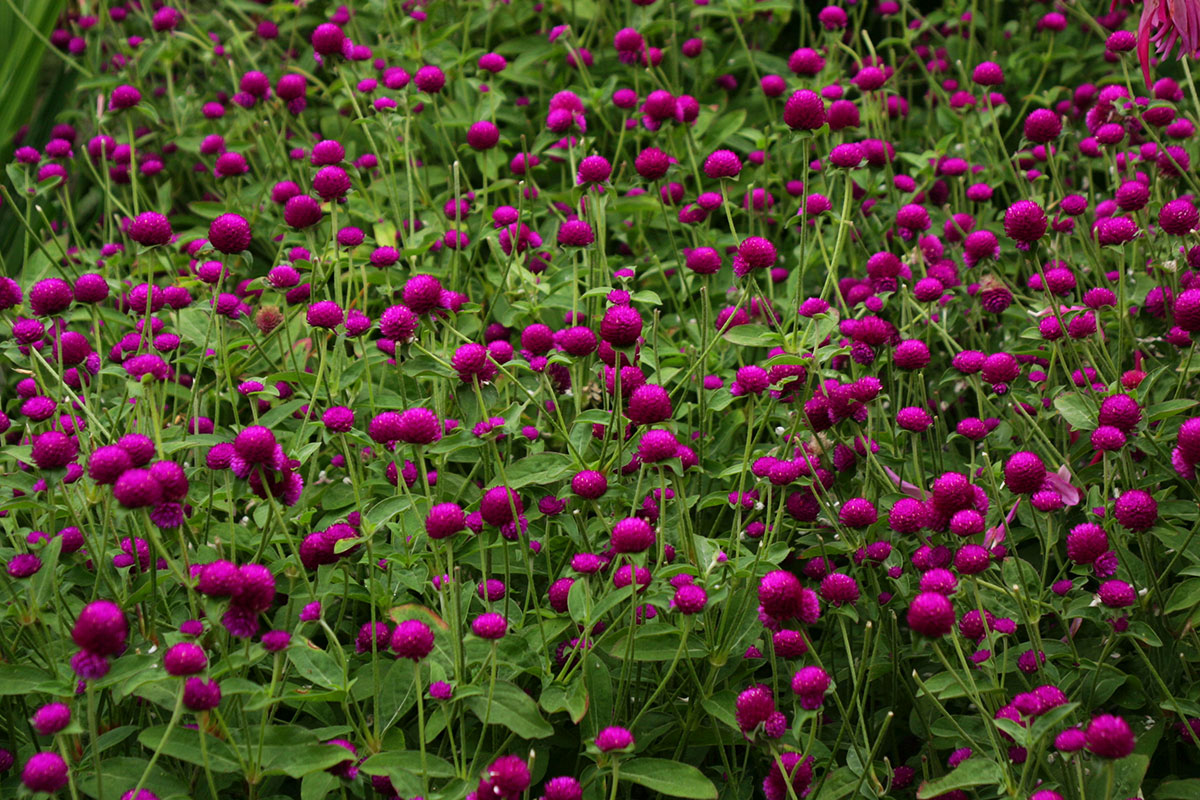
… but there are some tender, half-hardy annuals that perform better when started indoors
Some warm-weather annuals need extra time and benefit from a head start indoors. For cockscomb (Celosia spp. and cvs.) and globe amaranths (Gomphrena globosa), you should pluck out all but one seedling, as they dislike root disturbance at any size. Cockscomb, globe amaranth, and flowering tobacco (Nicotiana sylvestris) should all be started indoors and can be covered lightly while germinating. Floss flower (Ageratum houstonianum) should be started indoors too, but do not cover the seed, as it needs lots of light to germinate.
There is a lot of information out there to guide you through the processes of direct-sowing and starting seeds indoors. For example, see All About Seed Starting. I’ll leave you with this: If you do want to buy grown annual plants at the garden center this year, save your money for those annuals that needed a longer time in a greenhouse, such as snapdragons (Antirrhinum majus, Zones 7–11) and petunias (Petunia spp. and cvs.).
Note: All plants mentioned in this article are annuals unless indicated otherwise with USDA Hardiness Zone ranges.
—Matt Mattus is a lifelong gardener and vice president of the Worcester County (Mass.) Horticultural Society. He’s written two books: Mastering the Art of Flower Gardening and Mastering the Art of Vegetable Gardening.


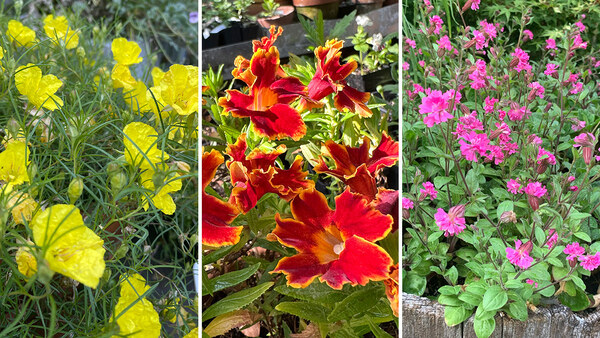


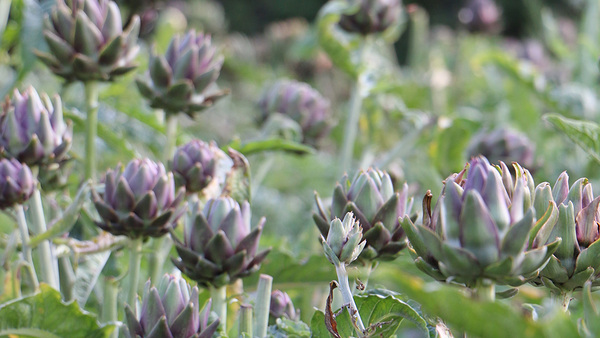












Comments
Log in or create an account to post a comment.
Sign up Log in